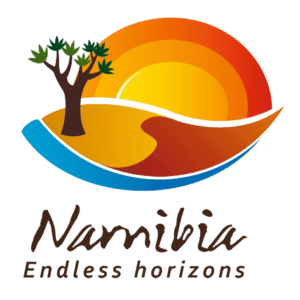Arid Eden Route
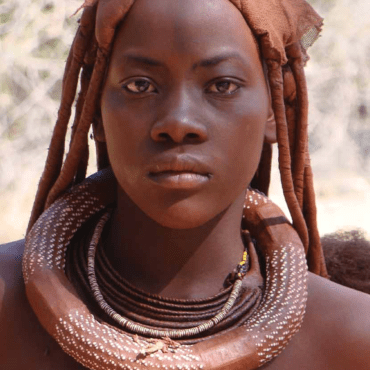
Die Arid Eden Route erstreckt sich von Swakopmund im Süden bis zur angolanischen Grenze im Norden und umfasst das früher gesperrte westliche Gebiet des Etosha-Nationalparks, eines der wichtigsten touristischen Ziele Namibias, das fast alle Besucher des Landes in ihre Reisepläne einbeziehen.
Die Arid Eden Route umfasst auch bekannte Touristenattraktionen wie die Spitzkoppe, den Brandberg, Twyfelfontein und die Epupa Falls.
Reisende können die Majestät freilaufender Tiere, extreme Landschaften, ein reiches Kulturerbe und atemberaubende geologische Formationen erleben. Als eine der letzten verbliebenen Wildnisse ist die Arid Edin Route abgelegen und dennoch zugänglich.
Top 5 Gründe für einen Besuch
- Besuchen Sie eine der größten Konzentrationen von Petroglyphen (Felszeichnungen) in Afrika in der Twyfelfontein World Heritage Site
- Erfahren Sie mehr über Namibias traditionelle Kulturen wie die der Himba und Damara
- Besuchen Sie uralte Flussbetten, Krater und einen versteinerten Wald auf Ihrem Weg zu einer Oase in der Wüste: dem Epupa-Wasserfall.
- Beobachten Sie an die Wüste angepasste Wildtiere wie Elefanten, Nashörner und Löwen in ihrer natürlichen Umgebung
- Sehen Sie sich an, wie Gemeinschaften in kommunalen Schutzgebieten Eigentum an ihren natürlichen Ressourcen erwerben
Interessante Fakten
- "Epupa" ist ein Herero-Wort für "Schaum" und bezieht sich auf den Schaum, der durch das fallende Wasser entsteht.
- In der Himba-Kultur ist ein Zeichen von Reichtum nicht die Schönheit oder Qualität eines Grabsteins, sondern das Vieh, das Sie zu Lebzeiten besaßen, dargestellt durch die Hörner auf Ihrem Grab.
- Der längste freiliegende Baum im versteinerten Wald ist 45 m lang
- Die an die Wüste angepassten Elefanten der Kunene-Region sind auf nur neun Pflanzenarten angewiesen, um zu überleben, während sie in Etosha über 80 Arten nutzen.
- Der Brandberg hat mit 2574 m den höchsten Gipfel Namibias und ist die Heimat der Weißen Dame, einer San-Malerei. Zunächst glaubte man, dass es sich bei der Weißen Dame um Isis handelte, wie sie aus Kunstwerken des pharaonischen Ägyptens bekannt war, und dass die Figur Ähnlichkeit mit Kunstwerken der klassischen Mittelmeerkulturen hatte. Das Gemälde zeigt in Wirklichkeit keine Dame, sondern einen bedeutenden Medizinmann oder Schamanen und ist ein schönes Beispiel für die San Rock Art
- Das westliche Tor von Etosa, das sogenannte Galton-Tor, ist nach dem britischen Entdecker Sir Francis Galton (einem Cousin von Charles Darwin) benannt, der von 1850 bis 1852 das zentrale und nördliche Namibia bereiste. Das Tor war zuvor für die Öffentlichkeit geschlossen, ermöglicht nun aber den Zugang zu einem zuvor gesperrten Bereich des Parks
- Die kreisförmigen "Fairy Circles" im Marienfluss werden von Termiten verursacht, die das Gras abtöten, indem sie die Wurzeln auffressen, wodurch das Wasser jahrelang im Boden bleibt. Die Termiten schwimmen im wahrsten Sinne des Wortes im wässrigen Sand und ernähren sich vom Wasser und dem organischen Material, das dort bis zum nächsten Regen und der nächsten Runde neuen einjährigen Grases übrig bleibt. Die Pflanzen stecken ihre Wurzeln gerade innerhalb des Kreises, um Wasser zu bekommen, aber nicht weit genug, um die Termiten anzulocken, was zu unfruchtbaren Kreisen in der Landschaft führt.
- Der Dorsland-Trek ist der Sammelname für eine Reihe von Entdeckungsreisen nach Norden, die von Buren-Siedlern aus Südafrika gegen Ende des 19. und in den ersten Jahren des 20. Eine dieser Gruppen gelangte nach Angola, indem sie den Cunene-Fluss bei Swartbooisdrift überquerte. Sie bildeten eine völlig geschlossene Gemeinschaft, die sich der Integration in Angola verweigerte. Sie kehrten in den 1970er Jahren zurück, als das Land unabhängig wurde.
- Die Etosha-Pfanne erstreckt sich über eine Gesamtfläche von 4 730 Quadratkilometern und entstand durch tektonische Plattenaktivität im Laufe von etwa zehn Millionen Jahren.
- Die Elefantenpopulation in Etosha ist im Laufe der Jahre erheblich gewachsen. Im Jahr 1954 wurden gerade einmal 26 Elefanten gezählt, während es heute über 2 500 sind. Dies ist vor allem auf eine Reihe von Bohrungen zurückzuführen, die durchgeführt wurden, um sie von den umliegenden Farmen anzulocken.
- Elefanten kommunizieren über Infraschall - Schall unterhalb unserer Hörschwelle
- Die Welwitschia (Welwitschia mirabilis) ist eine Gymnospermen-Reliktpflanze, die in der Namib-Wüste endemisch ist. Man schätzt, dass einzelne Pflanzen mehr als ein Jahrtausend lang gelebt haben.
- Der Kunene ist der am schnellsten fließende Fluss Namibias und man nimmt an, dass sein alter Lauf mit den heutigen Flüssen Okavango und Sambesi verbunden war. Außerdem beherbergt er über 80 verschiedene Fischarten
Vorgeschlagene Erlebnisse
Klicken Sie auf die verschiedenen Orte, um mehr zu erfahren.
Tipp: Klicken Sie irgendwo auf die Karte, um das Routen-Popup zu schließen.
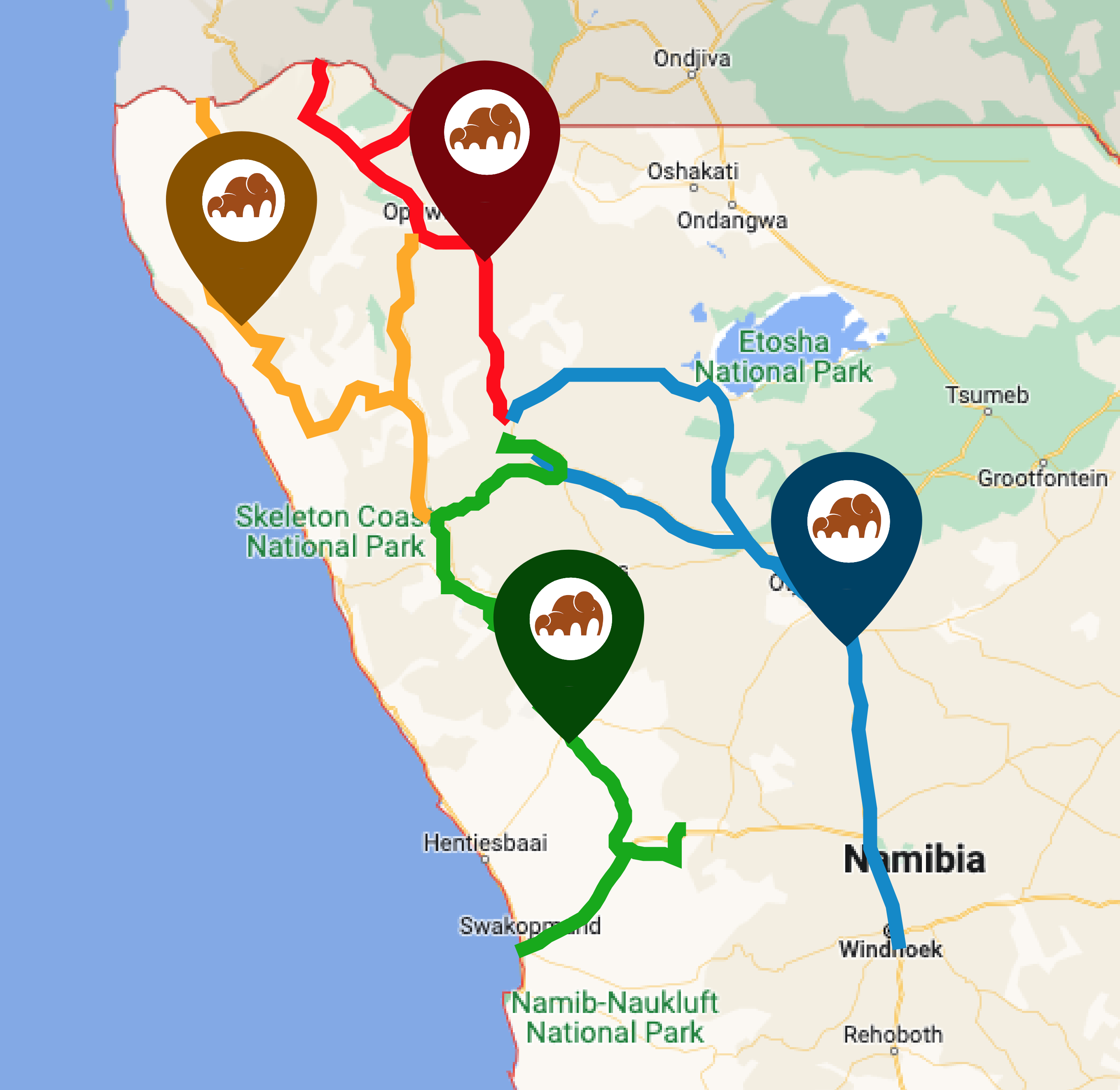
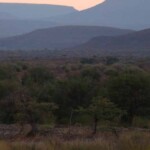
This route links oasis settlements and springs through a part of the Himba tribal heartland. Palmwag is a cluster of ancient palm trees under which small herds of elephants congregate in the river vegetation. Local tour operators also offer walking tours to find the last free-ranging black rhinos in the area. Further north, the six fountains that resulted in the establishment of the historic settlement of Sesfontein bring to life the arid Hoanib valley.
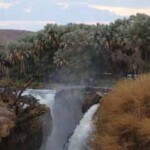
This route links up the western gate of the spectacular Etosha National Park and its teaming wildlife with another Namibian highlight the two major waterfalls on the Kunene River. The route traverses Mopani shrubland while skirting the Etosha Park fence for some sixty kilometers. Opuwo, the main center in the Himba heartland and is a necessary refueling and supply stop, before heading off into the rugged mountain complexes of the Baynes and Zebra Ranges. The experience takes you all the way to the Epupa waterfall, one of the truly unspoiled natural wonders of Africa.
Click anywhere on the map to close this popup
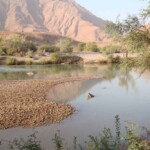
This route links oasis settlements and springs through a part of the Himba tribal heartland. Palmwag is a cluster of ancient palm trees under which small herds of elephants congregate in the river vegetation. Local tour operators also offer walking tours to find the last free-ranging black rhinos in the area. Further north, the six fountains that resulted in the establishment of the historic settlement of Sesfontein bring to life the arid Hoanib valley.
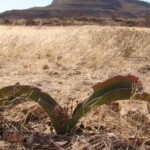 This route links Namibia’s premier coastal holiday destination, Swakopmund with the wildlife spectacle of Etosha National Park. The well-maintained gravel road passes by some of the most spectacular landscapes and attractions in Namibia. Dominating the landscape en route are the towering Sptizkoppe and Erongo mountains. The mountains in the south attract both mountain bikers and rock climbers while less adventurous hikers can experience this wilderness at a more leisurely pace.
This route links Namibia’s premier coastal holiday destination, Swakopmund with the wildlife spectacle of Etosha National Park. The well-maintained gravel road passes by some of the most spectacular landscapes and attractions in Namibia. Dominating the landscape en route are the towering Sptizkoppe and Erongo mountains. The mountains in the south attract both mountain bikers and rock climbers while less adventurous hikers can experience this wilderness at a more leisurely pace.


